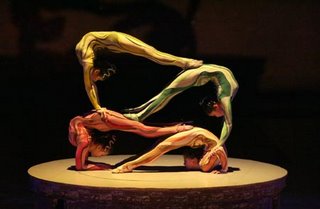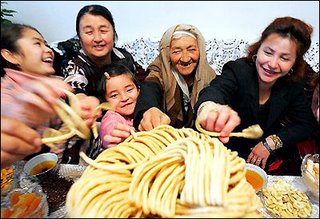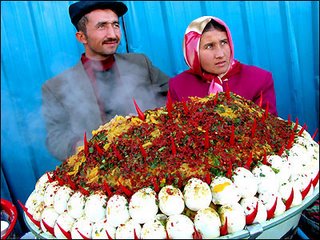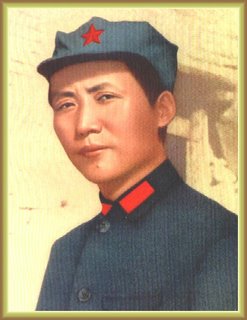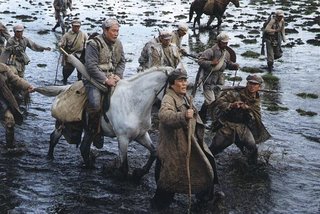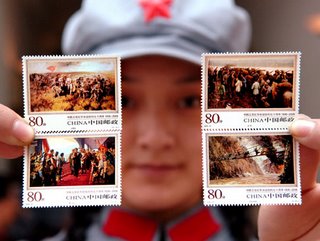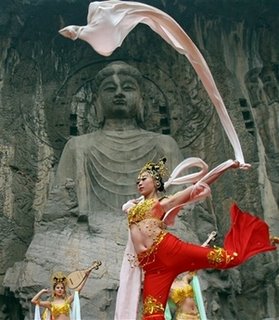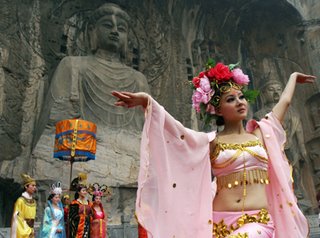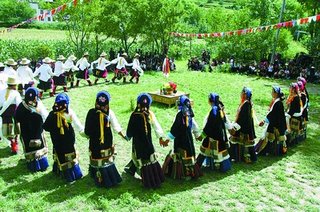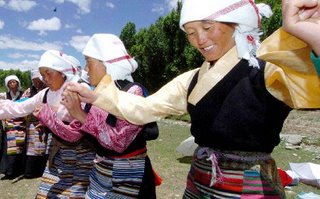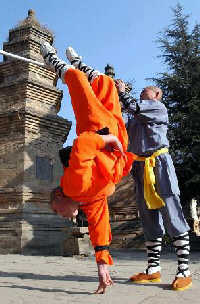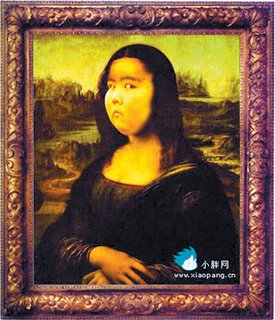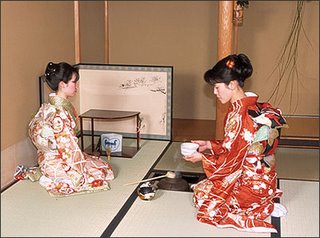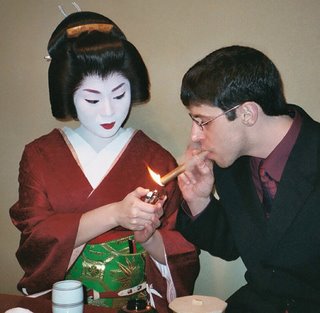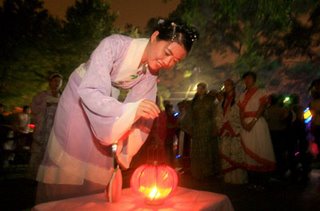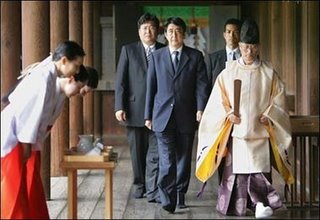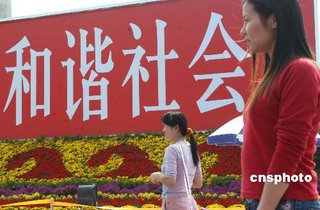Having more money in your pocket doesn't necessarily make you happier.
A happiness index of Beijing residents believed to be China's first such poll has revealed that despite income contributing to happiness, people in the middle-income band are among the city's most content.
According to the index, released by the city's statistics bureau, 83 per cent of those who earn around 6,000 yuan (US$750) per month are happy with their lives.
Meanwhile only 70 per cent of those earning between 10,000 (US$1,250) and 15,000 (US$1,875) yuan per month are happy the same as those who earn between 1,000 and 1,500 yuan per month.
According to bureau spokeswoman Yu Xiuqin, compared with the middle-income group, people who earn larger sums feel under pressure to keep up with their well-off friends, and tend to get anxious about their ambitions.
Aside from the middle-income bubble the overall trend of the index is that happiness grows with income, said Yu.
The average per capita income for residents in Beijing has frozen at 1,669 yuan (US$209) per month, yet the city's cost of living ranks as one of the highest in the country, according to the latest data.
The happiness index is the first of its kind after the National Bureau of Statistics was called on to introduce a rating of people's satisfaction levels, as part of the ongoing effort to evaluate social and economic development.
Starting from July, the bureau carried out phone interviews with people aged between 18 and 70 in Beijing's 18 districts and counties. They collected results from a total of 7,118 citizens.
Considered in the index are factors including income, medical care, social order and equality, the sense of family and other interpersonal relationships, professional satisfaction, and the feeling of belonging.
The survey found that income level was the most important individual factor in determining people's sense of happiness, followed by social standing.
The survey shows that 31.6 per cent of people are 90 per cent happy with their lives. Only 7.2 per cent are less than 50 per cent satisfied. In between are those who are 60 to 90 per cent satisfied.
The index also shows that among all age groups, the middle-aged rank as the least happy shouldering the heaviest sense of social responsibility.
And that those living in the suburbs are happier than people who dwell in downtown Beijing.
Though citizens may have different opinions about what happiness is, many citizens welcome the index.
"This is different from previous official indexes which were cold and impersonal this index touches the hearts of individual citizens," Chen Liangwen, an economic researcher with Peking University, told China Daily.
Chen also said that while other indexes, such as gross domestic product (GDP), measured technically calculable factors, the psychological state of satisfaction was so subjective it could hardly be represented in figures.
According to the bureau spokeswoman, the index will be released annually, every September, helping to draw the government's attention to its shortcomings, and the effects of its policies.
Yu hinted that the municipal government would consider incorporating the index in its evaluation of officials' work.
